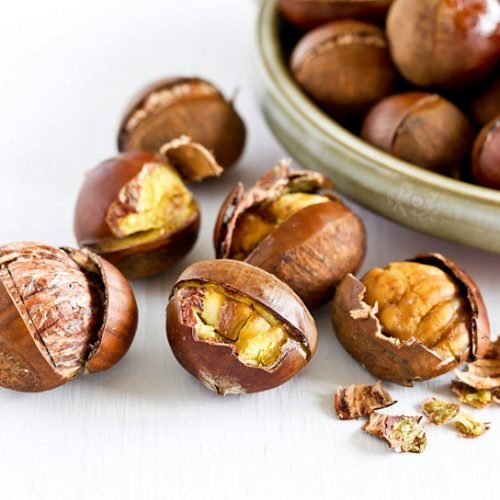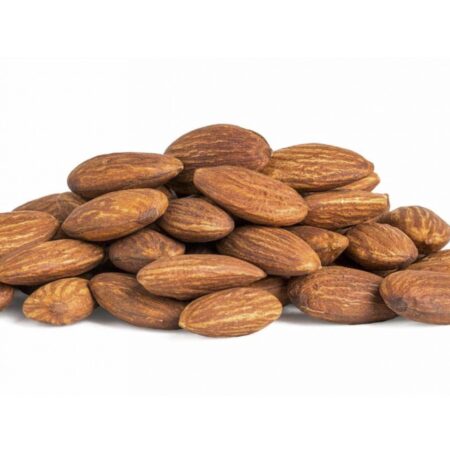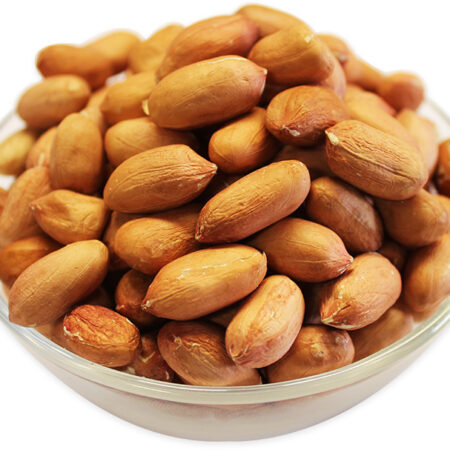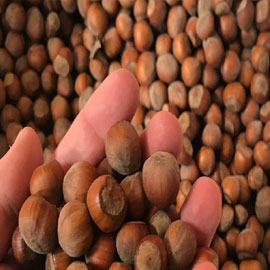Description
What are chestnuts?
‘Chestnuts roasting on an open fire…’ that kitsch old Nat King Cole song perfectly sums up the comforting, Christmassy appeal of this sweet, crumbly nut. In contrast to other nuts, chestnuts have low oil and a high water content (hence their unique, soft texture) and should never be eaten raw.
Find out about the health benefits of nuts.
When are chestnuts in season?
Fresh chestnuts are around from the end of September to the end of January.
Choose the best chestnuts
Choose raw chestnuts those with shiny, tight, dark brown skin and that feel firm and are heavy for their size. You can also buy sweetened or unsweetened chestnut purée; pre-cooked, vacuum-packed chestnuts; and preserved candied chestnuts, aka marron glacè, all of which, in contrast to raw chestnuts, are ready to use or eat straight away.
How to prepare chestnuts
To peel fresh chestnuts, rinse, then make a nick in the skin on the flat side of each and simmer in a pan of water for 15 minutes or roast in the oven for 15 minutes. Then peel, taking care to remove both the outer shell (quite easy) as well as the inner brown membrane (trickier). It’s much more simple to do the latter when they’re still hot, so work in small batches.
How to store chestnuts
Fresh chestnuts dry out very quickly so keep in a sealed container in the fridge.
How to cook chestnuts
Peel, chop and add to stuffing. Peel, then purée for soups and sauces (peel, simmer for 25 mins and purée in the food processor); sweeten the purée and use to fill meringues or to add to cake mixes. To fully roast chestnuts, keep in the oven for 15-25 mins (as opposed to the 15 needed just to peel them), then peel, toss in butter and serve with Brussels sprouts.
Follow our step-by-step instructions on how to roast chestnuts.
You can also get recipe inspiration from our chestnut collection.
Alternatives to chestnuts
Try hazelnut.








